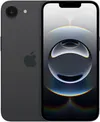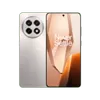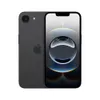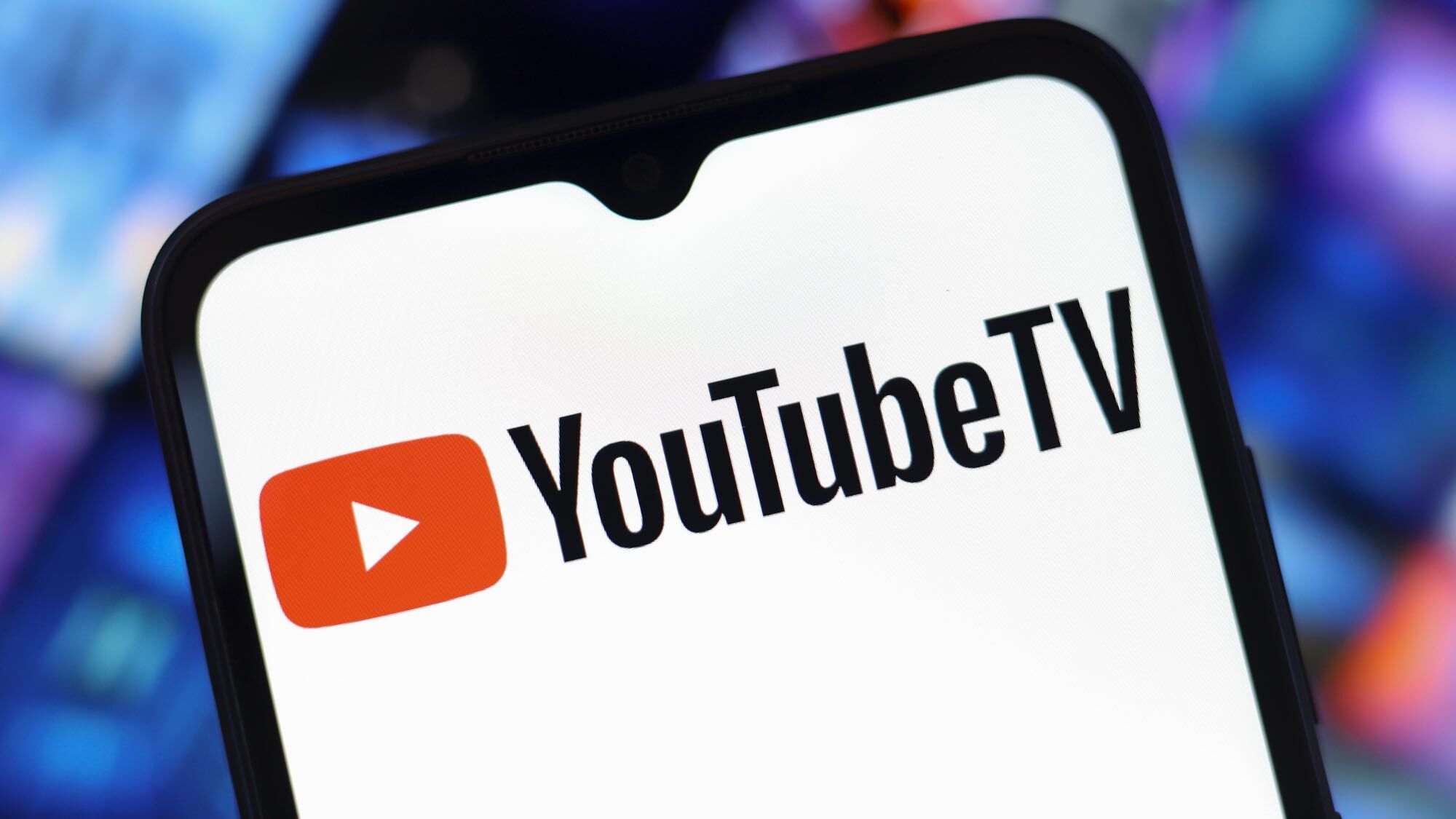I actually prefer budget phones to flagships — but there's one thing phone makers need to fix

I'm a big fan of phones will small price tags. That's partly a reflection of my inherent cheapness — you'll have to use a crowbar to pry a dollar bill free from my wallet — but it's also an acknowledgment of a simple truth: the very best cheap phones can do nearly everything a flagship device can do these days.
That's not to say you won't have to make compromises in some areas. Screamingly fast processors are generally reserved for more expensive phones, though unless you're regularly using demanding apps or graphically intensive games, you'll likely be just fine with the good-enough chipsets found in cheaper phones.
More expensive models also benefit from better camera hardware and more extensive AI support, but there are enough lower-cost phones that hold their own in camera comparisons to make that trade-off less noticeable.
As for AI, well, if you consider that feature a must-have for your phone, feel free to spend big on the latest flagships. For most people, though, AI-powered capabilities are a nice-to-have, not an essential part of the smartphone experience.
That said, there remains one area where cheaper phones are clearly at a disadvantage. And it simply doesn't need to be that way.
Cheap phones need more extensive software support from their device makers. That's especially true in this era where people want to hold on to their phones for longer, for reasons relating to both budgets and the environment.
Cheap phones and software support
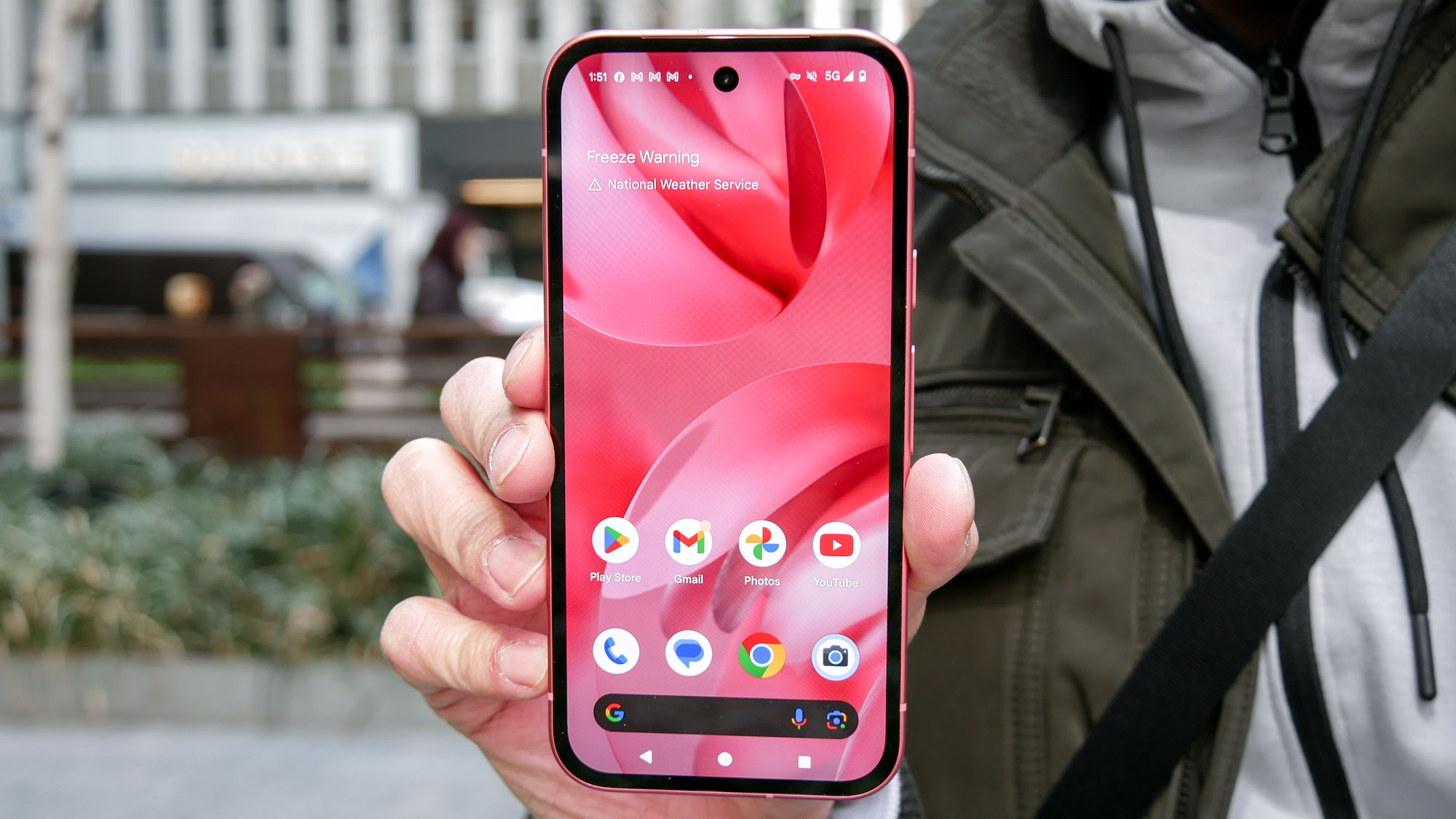
Our pick for the best cheap phone available right now — Google's Pixel 9a — stands out as a model of what phones under $500 could offer their users. Buy a Pixel 9a, and Google promises to deliver seven years of software and security updates. Notably, that's the same level of support you'd enjoy if you paid up for a flagship Pixel.
Get instant access to breaking news, the hottest reviews, great deals and helpful tips.
But the Pixel 9a is clearly an outlier when it comes to software support. Scour the other sub-$500 phones we recommend, and you're not going to find any matching Google's pledge.
Phone | Price | Software updates | Security updates |
Google Pixel 9a | $499 | 7 years | 7 years |
Samsung Galaxy A36 | $399 | 6 years | 6 years |
iPhone 16e | $599 | 5 years (unofficial) | 5 years (unofficial) |
OnePlus 13R | $599 | 4 years | 6 years |
Nothing Phone 3a Pro | $459 | 3 years | 6 years |
Nothing Phone 3a | $379 | 3 years | 6 years |
Moto G Power 2025 | $299 | 2 years | 3 years |
Moto G 2025 | $199 | 2 years | 3 years |
The Nothing Phone 3a and Nothing Phone 3a Pro are both fine low-cost alternatives to the Pixel 9a, particularly when you consider that Nothing equips its phones with dedicated telephoto lenses.
But both devices are only set to receive 3 years of Android updates, along with an additional 2 years of security support.
Samsung's Galaxy A series of midrange devices come the closest to matching what Google offers Pixel 9a buyers. A Galaxy A36 phone receives 6 years of software and security updates, as well the Galaxy A56 when that phone ships in the U.S. later this year. (It's currently available in other parts of the world with that six-year guarantee, though.)
Motorola brings up the rear, as its latest Moto G phones feature 2 years of Android updates and a third year of security support. That's actually a step up from the 2024 Moto G series, which only supported one Android update.
Expand your search to phones that cost a little more than $500, and you'll see some more extensive support — though Google still sets the pace.
The $599 iPhone 16e gets the same access to iOS updates as Apple's other iPhone 16 models, which should mean at least 5 years, though recent iPhone models have been able to count on longer support.
The OnePlus 13R — a terrific midrange model — limits Android updates to 4 years, though you do get six years of security support with that phone.
Why longer support matters

If you're buying a cheaper phone, it's likely because you don't want to spend $799 or more on a smartphone, which you'd have to do by turning to a flagship. But when phone makers cap the software support on a device, you're not getting as much value from your low-cost purchase as you should.
Let's say you buy a Moto G 2025 — and why not since you get epic battery life, a stylish design and surprisingly good camera performance in a $199 device. But you'll also run into Motorola's limited software support, which means Android 17 is the last update you'll be able to count on.
Maybe having the latest OS isn't as much of a priority to you, but even if you hold on to the Moto G until security updates run out, you'll still be looking for a new phone by 2028. And those seemingly low-cost purchases start to add up.
There's more than just frugality at stake here. Even with phone makers using more recycled materials for their devices, it's generally a more earth-friendly approach to space out your phone upgrades even longer than you are now. Extending software support is a seemingly easy way to build more sustainable devices.
Things are improving
I think phone makers are starting to recognize this. As noted Motorola's 2025 Moto G phones have better support than their predecessors, and that's not the only company moving in the right direction.
Samsung used to cut off support for its Galaxy A phones at 4 years instead of 6. The OnePlus 13R's software support policy is more generous than what OnePlus offered for the OnePlus 12R. And both the Nothing Phone 3a and 3a Pro get an extra 2 years of security support compared to the Nothing Phone 2a. And Nothing has already confirmed that the Nothing Phone 3 is getting 5 years of Android updates plus seven years of security support.
These are welcome changes, and I hope to see the trend continue with future phone releases. There should certainly be clear distinctions between flagship phones and more affordable models. But how long you're able to keep your phone shouldn't be one of those differences.
More from Tom's Guide
- I review phones for a living — and this is the budget phone I recommend to friends and family
- Google Pixel 9a vs. iPhone 16e: Which phone is tops?
- I tried this BlackBerry Passport clone and it made me rediscover my love of keyboard phones
Philip Michaels is a Managing Editor at Tom's Guide. He's been covering personal technology since 1999 and was in the building when Steve Jobs showed off the iPhone for the first time. He's been evaluating smartphones since that first iPhone debuted in 2007, and he's been following phone carriers and smartphone plans since 2015. He has strong opinions about Apple, the Oakland Athletics, old movies and proper butchery techniques. Follow him at @PhilipMichaels.
You must confirm your public display name before commenting
Please logout and then login again, you will then be prompted to enter your display name.







